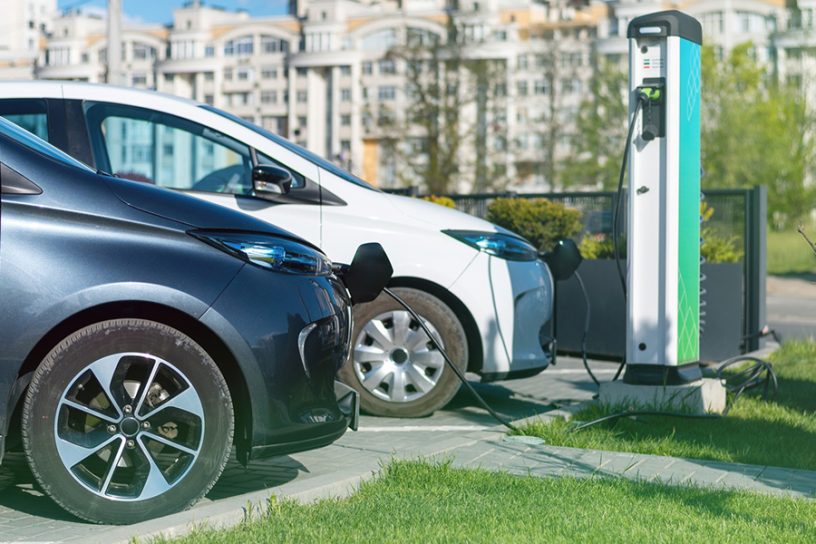
This study provides key policy recommendations to achieve a better balance in policy focus — not only for electronic vehicles (EVs) and utility-scale storage, but also for stationary behind-the-meter storage through key policy measures.
Authors
Tejpavan Gandhok, Professor of Practice, Jindal Global Business School, O.P Jindal Global University, Sonipat, Haryana, India.
Pranusha Manthri, Indian School of Business, Bharti Institute of Public Policy, Hyderabad, India.
Summary
Interest in battery energy storage systems (BESS) is high, and technologies such as Li-ion (and other advanced chemistry) batteries in specific use cases are already economically viable. In this paper, the authors build further on the authors’ previously published paper to estimate the potential positive impact that accelerated adoption of Li-ion batteries for stationary storage per the authors’ identified already economically viable use cases, can have both on India’s macro-economy and current account deficit as well as in helping meaningfully accelerate circular economy and Sustainable Development Goals (SDG) benefits of green economy transition.
Methodology
The authors identified key challenges for development of BESS ecosystem and applied quantitative and qualitative assessment methodology for rapid adoption of BESS in India. The authors’ study was validated through interviews with stakeholders and the authors summarize applicable findings for emerging countries such as India to encourage faster, wider adoption of energy storage.
Findings
The authors’ study provides key policy recommendations to achieve a better balance in policy focus—not only for electronic vehicles (EVs) and utility-scale storage, but also for stationary behind-the-meter storage through key policy measures including placing a CESS on diesel generators (DGs), differential tariffs, encouraging advanced battery imports as a way to reduce crude oil imports, green financing and investments in de-carbonized energy breakthrough technologies (e.g. gravity-based energy storage systems). The authors recommend key technology priorities and strategic business rationale for private sector efforts by developing competitive advantages for non-battery hardware and software and expanding into emerging markets, with potential US$15–20+bn enterprise value.
Originality
While the dominant discourse focuses on EVs and utility scale applications of storage, the authors’ paper shows the larger near term opportunity for impact is in stationary storage that too in end-user adoption use cases.
Published in: Management of Environmental Quality: An International Journal
To read the full article, please click here.


